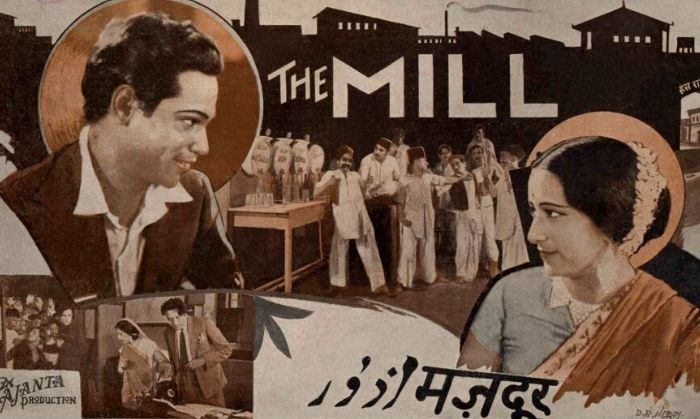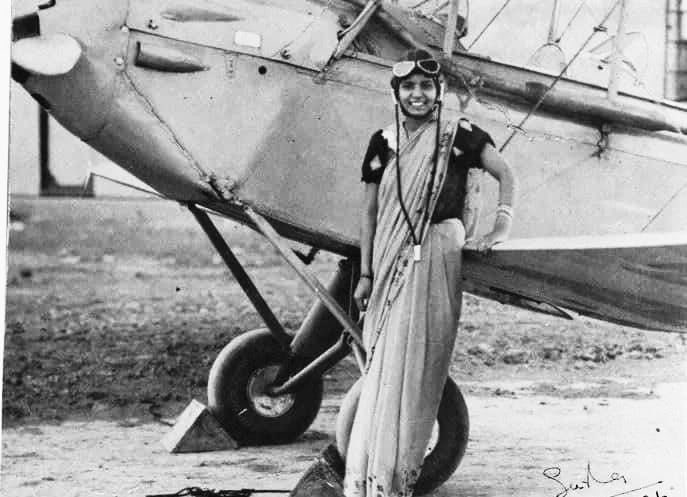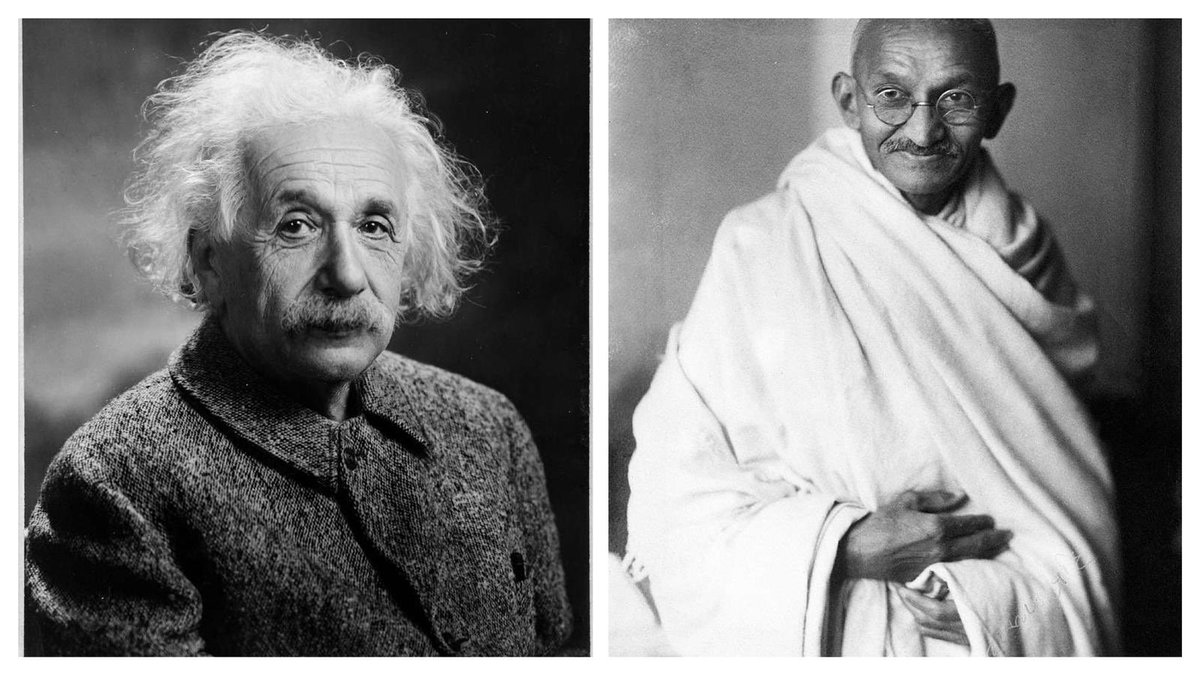
The year - 1934. Dhanpat Srivastava, a printing press owner in Benares was an unhappy man, despite being an acclaimed writer. He was struggling with ill health and financial difficulties. Right then, a new opportunity came up (2/n)
In the early 1930s, the film industry in Bombay was expanding rapidly. Writers from all over India were congregating there in search of better fortunes. Srivastava also decided to join their ranks (3/n)
He managed a writing job with Ajanta Cinetone, a film production house for an annual salary of Rs 8000. For the financially-distressed Srivastava, it was a princely sum (4/n)
On 31st May, 1934, Srivastava arrived in Bombay to take up his new role. His first script was based on the struggles of mill workers in Bombay (5/n)
Titled Mazdoor (the laborer), it told the tale of the unscrupulous son of a deceased mill owner who takes over his father’s mill and exploits the workers for his personal gain, only to be thwarted by his sister who supported the disgruntled workers (6/n) 

The script was liked and the film was made. Srivastava even cameoed as a leader of the agitating workers. On 5th February, 1935, the film was sent to the Censor Board for certification. That’s when the trouble began (7/n)
One of the influential members of the Board was Byramjee Jeejeebhoy, who was also the president of Bombay Mill Owners’ Association (8/n)
The film was denied release permission - the official reason given was that its provocative content could lead to agitation by mill workers against the owners (9/n)
The film did release in Delhi, Lucknow and Lahore where it incited strong emotions amongst workers and was soon banned (10/n)
In an ironic twist of fate, workers at Srivastav’s press in Benares were also said to have been inspired by the film to strike against their owner due to non-payment of wages! (11/n)
Srivastav was left disgruntled. He was anyway displeased with the commercial environment of the Bombay film industry. On 4th April, 1935, even before his one-year contract with Ajanta Cinetone expired, Srivastav left Bombay, an embittered man (12/n)
Although his movie career didn't take off, Srivastav’s fame as a writer has endured for generations. We know him better by his pen-name: Munshi Premchand (13/n) 

Acknowledgments: livehistoryindia.com/story/people/p…
Film poster: courtesy Lallantop
Munshi Premchand picture: courtesy India Today
Film poster: courtesy Lallantop
Munshi Premchand picture: courtesy India Today
• • •
Missing some Tweet in this thread? You can try to
force a refresh

















